Introduction
Well, for starters our ecobottle has three main sections, which are terrestrial, decomposition and aquatic. Each of these sections contains something. For example, the aquatic section in ours has nothing but water, a few rocks and a little plant. As for our decomposition area, it has only soil. Our terrestrial area has soil, radish seeds, and two snails that we put in.
Procedure
When we first started building our ecobottle, the first thing we did was collect four 2-liter soda bottles. Then we cut them into parts and fitted them together as one sort of mini tower. Of course we taped them so they would stay connected. We drilled small holes in the caps of the bottles so that when we poured water into the top of our ecobottle, the water wouldn't just stay in the top, it would get to all areas. Then we put in water in our aquatic area and some rocks and some water plants (Elodea). Then we added soil to both our other areas (decomposition and terrestrial). In our top section we put snails and land plants, specifically radishes, and that is it. After that we sealed our ecobottle and started observing it.
Hypothesis
We had several hypotheses, some more optimistic than others:
- We will build the ecobottle and the things inside it will react to the conditions in the ecobottle. For example, adding sunlight will change things, adding different amounts of water will change things, and once plants start growing it will change things.
- We will run into problems but over time we will get through them and the ecobottle will turn out OK in the end.
- We think everything we put in our ecobottle will die in a matter of time; to us, this means that probably everything living in the ecobottle will die within one month.
Observation
This is what our ecobottle looked like throughout the whole time we observed it:
| | |
Analysis
This is a Venn Diagram that we did to compare our ecobottle to another group's ecobottle:
Conclusion
Even though we didn't put a lot of organisms in our ecobottle, we still had a chance to observe what happened over the course of almost 2 months. In the aquatic section, our water grew darker and darker, and began leaking out. In our terrestrial section our snails died but the radish plant survived for the whole time. If we were going to make another ecobottle, we would put more organisms in it, and plan more to make sure that all the plants and animals had the right conditions for survival.


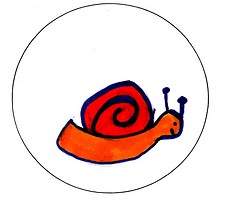
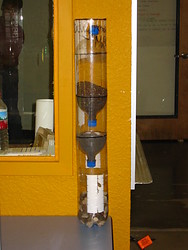
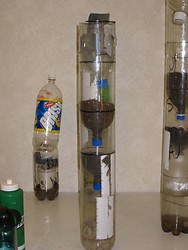


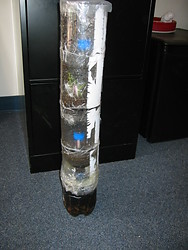
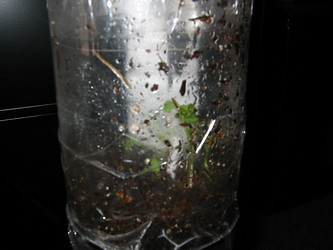
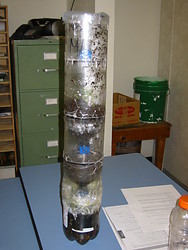
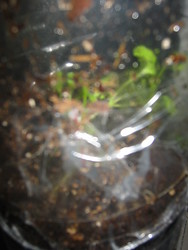
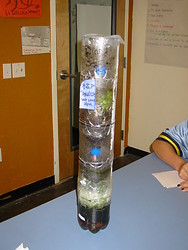
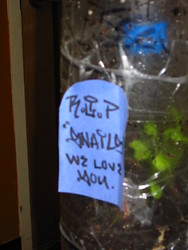
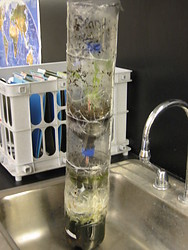
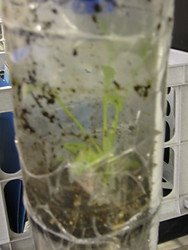
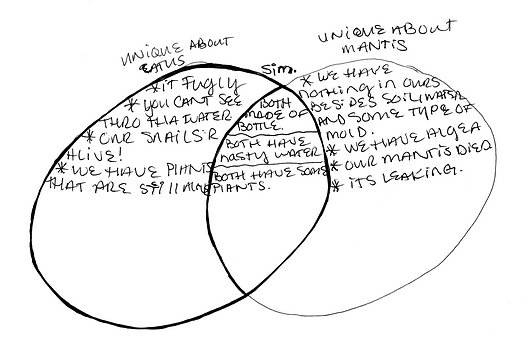


 Go to quick links
Go to quick search
Go to navigation for this section of the ToL site
Go to detailed links for the ToL site
Go to quick links
Go to quick search
Go to navigation for this section of the ToL site
Go to detailed links for the ToL site